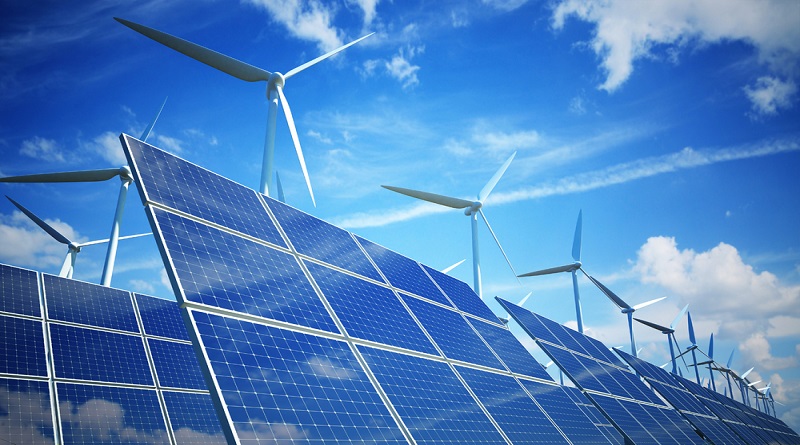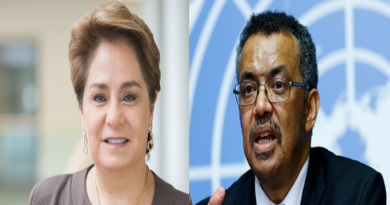How developing countries are scaling up climate technology action
A key factor in tackling the climate crisis involves the widespread development and use of climate technologies, with technical and financial support for developing countries. The UN Climate Change secretariat, together with the UNEP DTU Partnership, has just released a new brochure containing success stories covering concrete examples of the latest climate technology action on the ground in different regions, countries and sectors.
“Technological innovation is central to low-emission and climate-resilient development throughout the world,” said UN Climate Change Executive Secretary Patricia Espinosa, underscoring its importance in meeting the goals of the Paris Climate Change Agreement, which is to hold the global average temperature rise to as close as possible to 1.5 degrees Celsius compared to the pre-industrial era.
Technology Needs Assessment (TNA) is a set of country-driven activities leading to the identification, prioritization and diffusion of climate technologies for mitigation and adaptation to climate change. Through a TNA, developing countries identify their climate technology needs. They then develop a technology action plan to turn their climate technology needs into concrete action on the ground.
One example showcased in the new publication comes from Ghana, which identified an ‘Integrated Climate Monitoring and Early Warning System’ as a key technology to increase the country’s resilience to climate change. Ghana prepared a readiness proposal aimed at strengthening the country’s capacity to build an early warning system for droughts. Approved by the Green Climate Fund (GCF), the project will allow the country to adapt to increased climate variability within the agriculture and water sectors.
A further example tackles unsustainable energy use in buildings in Armenia. Energy use is responsible for 24% of the country’s CO2 emissions and half of the energy use in buildings is dependent on imported fossil fuels. Armenia’s TNA identified improving energy efficiency in buildings as a high priority to reduce both CO2 emissions and dependence on fossil fuel imports. The project has received funding from the GCF with co-financing from other sources, thereby laying the basis for a more climate-sustainable buildings sector in accordance with Armenia’s Nationally Determined Contribution (NDC).
“The TNA process lays the foundation for solid proposals that are attractive to financial institutions and that help in national policy formation and the articulation of NDCs,” said Mark Radka, Chief of Energy, Climate and Technology at UN Environment.
The financial resources to support developing countries in conducting TNAs and implementing climate technology actions is provided by operating entities of the Financial Mechanism, such as the GCF, the Global Environment Facility (GEF) and other financial institutions. In addition, the Climate Technology Centre and Network (CTCN), the operational arm of the Technology Mechanism, provides technical assistance to developing countries to support the implementation of climate technology actions.
At the upcoming Climate Change Conference in Madrid, governments will consider how to further enhance support for the implementation of climate technology action on the ground with the support of the bodies of the Technology Mechanism – the Technology Executive Committee (TEC) and CTCN – as well as the operating entities of the Financial Mechanism – the GCF and the GEF. Various events will also take place showcasing some of the successfully implemented climate technology actions in developing countries.




